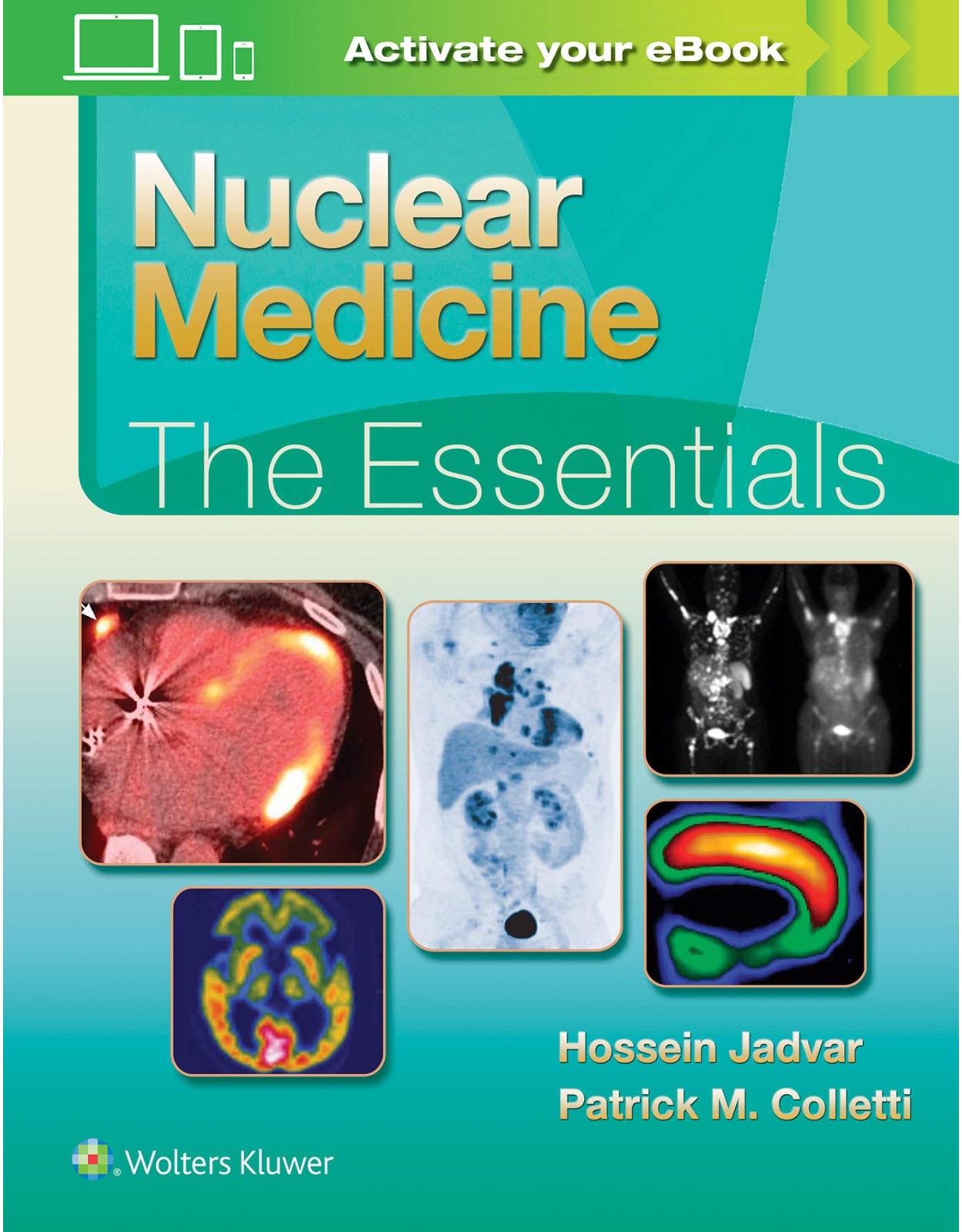
Nuclear Medicine: The Essentials
Livrare gratis la comenzi peste 500 RON. Pentru celelalte comenzi livrarea este 20 RON.
Disponibilitate: La comanda in 3-4 saptamani
Editura: LWW
Limba: Engleza
Nr. pagini: 310
Coperta: Hardcover
Dimensiuni: 22.23 x 1.91 x 28.58 cm
An aparitie: 25/01/2022
Description:
Perfect for residents and fellows to use during rotations, or as a quick review for practicing radiologists and nuclear medicine physicians, Nuclear Medicine: The Essentials is a complete, concise overview of the most important knowledge in this challenging and evolving field. Each chapter begins with learning objectives and ends with board-style questions that help you focus your learning. A self-assessment examination in print and additional self-assessment material online test your mastery of the content and prepare you for exams.
Table of contents:
Chapter 1 Basics of Nuclear Medicine Physics and Radiation Safety
The Atomic Structure
Radioactive decay
Isomeric transition
Positron decay
Electron capture
Characteristic X-rays
Radioactivity
Universal decay table
Radioactivity Equilibrium
Interaction of radiation with matter
Radiation safety
Radiation exposure limits
Release of patients following I-131 therapy
Radiation Safety Fundamentals
Radiation monitoring
Radiation exposure to pregnant personnel
Area designation and posting
Controlled area
Restricted area
Radiation area
High radiation area
Radioactive materials
Ordering, receipt, and disposal of radioactive materials
Radiation safety surveys
Waste disposal
Spill of radioactive materials
Minor spills
Major spills
Medical events
Chapter Self-Assessment Questions
Chapter 2 Basics of Radiochemistry
Introduction
Basic Concepts of Radionuclide
Atomic nucleus
Forces in the nucleus
Isotopes and radioactive decay
Interaction of radiation with matter
Production of radionuclides
Basic Concepts of Radiolabeling
Isotopic labeling
Nonisotopic labeling
Specific activity
Radiochemistry for positron emission tomography tracers
Radionuclide selection
Radiochemistry with positron emission tomography radionuclides
Radiolabeling with F-18
Nucleophilic reactions
Electrophilic reactions
Radiolabeling using prosthetic agents
Automation radiosynthesis
Radiolabeling with C-11
Radiolabeling with other positron emission tomography radionuclides
Radiopharmaceuticals
Quality Control of Radiopharmaceuticals
Chapter Self-Assessment Questions
Chapter 3 Basics of Instrumentation
Introduction
Gas detectors
Geiger–Muller survey meters
Scintillation detectors
Pulse height analyzer
Gamma cameras
Collimator geometry
Scintillation crystal
Photomultiplier tubes
Energy and position logic computer
Single-photon emission computed tomography
Single-photon emission computed tomography image quality
Positron emission tomography
Problems with reconstruction of positron emission tomography images
Positron emission tomography/computed tomography instrumentation
Time of flight positron emission tomography/computed tomography
Chapter Self-Assessment Questions
Chapter 4 Thyroid Imaging and Therapy
Introduction
Hyperthyroidism
Background
General diagnostic and treatment algorithm
Role of nuclear imaging
Radioiodine therapy
Side effects and radiation precautions
Thyroid Cancer
Background
Treatment overview
Role of nuclear imaging and therapy
Radioiodine scans
Radioiodine therapy
Post-therapy scans
Side effects and radiation precautions
Non-iodine avid disease
Conclusion
Chapter Self-Assessment Questions
Chapter 5 Parathyroid Scintigraphy
Background
Parathyroid scintigraphy
Chapter Self-Assessment Questions
Chapter 6 Neuroendocrine Tumor Imaging and Therapy
Introduction
Background
Somatostatin receptors
Somatostatin receptor imaging
Somatostatin receptor therapy
Clinical Trials of Peptide Receptor Radionuclide Therapy
Phase I or II experience
177Lu-Dotatate Therapy
Patient selection
Future directions and controversies
Performing the therapy
Efficacy
Neuroblastoma
Pheochromocytoma or paraganglioma
Medullary thyroid cancer
Conclusion
Chapter Self-Assessment Questions
Chapter 7 Central Nervous System
Introduction
Clinical Applications
Cerebrospinal fluid flow imaging
Brain death
Epilepsy
Movement disorders
Cerebrovascular disease
Parametric brain SPECT or PET mapping
Chapter Self-Assessment Questions
Chapter 8 Bone Scintigraphy
Introduction
Normal Biodistribution
Clinical Applications
Bone vascularity and viability
Prosthesis evaluation
Metabolic bone disease
Malignant disease
Extra-Osseous Uptake
Chapter Self-Assessment Questions
Chapter 9 Infection and Inflammation
Introduction
Basic principles of imaging labeled white blood cell scintigraphy
Basic principles of imaging FDG
Clinical imaging strategies in selected clinical settings
Systemic infection and inflammation
Localized or organ specific infection and inflammation
Novel and future aspects
Nuclear medicine aspects of COVID-19
Chapter Self-Assessment Questions
Chapter 10 Cardiovascular Nuclear Medicine
Myocardial Function
Myocardial perfusion
Myocardial Viability
Infective, Inflammatory, and Deposition-Related Conditions
Chapter Self-Assessment Questions
Chapter 11 Pulmonary Scintigraphy
Introduction
Clinical Aspects of Pulmonary Embolism
Overall Imaging Strategies in Pulmonary Embolism
Practical Aspects of V/Q Scan
Interpretation of V/Q Scintigraphy—Pulmonary Embolism or No Pulmonary Embolism
Non-Pulmonary Embolism Use
Take Home Points
Chapter Self-Assessment Questions
Chapter 12 Gastrointestinal & Hepatobiliary Scintigraphy
Gastrointestinal Functional Studies
Gastric Emptying Scintigraphy
Scintigraphic Principle
General Study Protocol
Interpretation and Reporting
Gastroesophageal Reflux and Pulmonary Aspiration
Scintigraphic principle
General study protocol
Interpretation and reporting
Small Bowel and Colon Transit Studies
Procedure
Protocols
Image analysis
Salivary Gland Function
Protocol
Applications
Meckel’s Scintigraphy
Scintigraphic principle
General study protocol
Interpretation and reporting
Biliary Acid Recirculation
Scintigraphic principle
General study protocol
Protein-losing Enteropathy
Scintigraphic principle
General study protocol
Interpretation and reporting
Gastrointestinal Bleeding Scintigraphy
Scintigraphic principle
General study protocol
Interpretation and reporting
Hepatobiliary and splenic scintigraphy
Cholescintigraphy
Radiopharmaceuticals
Indications
Contraindications
General study protocol
Postprandial epigastric pain
Postsurgical complications
Biliary atresia
Choledochal cysts
Liver function and surgical planning pre-liver resection
Liver Assessment Before Selective Internal Radiation Therapy
Other applications
Splenic Scintigraphy
Indications
Protocol
Acknowledgment
Chapter Self-Assessment Questions
Chapter 13 Renal Scintigraphy
Radiopharmaceuticals
Technetium-99m diethylenetriaminepentaacetic acid
Iodine-131 orthoiodohippurate
Technetium-99m mercaptoacetyltriglycine
Technetium-99m dimercaptosuccinic acid
Fluorine-18 fluorodeoxyglucose
Normal Renal Function
Clinical Applications
Renal failure
Renal infection
Renal obstructive disease
Renovascular disease
Renal transplant assessment
Renal Cancer
Chapter Self-Assessment Questions
Chapter 14 Positron Emission Tomography (PET), PET/CT, and PET/MRI
Introduction
Radiopharmaceuticals and instrumentation
Positron emission tomography radiopharmaceuticals
Technical considerations
Other positron emission tomography radiopharmaceuticals in oncologic applications
Myocardial perfusion positron emission tomography tracers
Clinical applications in oncology
Genitourinary malignancies
Prostate
Breast cancer
Cardiology applications
NeuroPET
Interictal seizure localization
Summary
Chapter Self-Assessment Questions
Chapter 15 Lymphoscintigraphy
Lymphoscintigraphy Principles
Cancer lymphatic drainage
Lymphedema
Reverse Lymphatic Mapping
Chapter Self-Assessment Questions
Chapter 16 Radio-Theranostics
Introduction
Radio-theranostic pairs
Pseudo–radio-theranostic pairs
Radio-theranostics in the clinic
Summary
Chapter Self-Assessment Questions
Chapter 17 Essentials of Pediatric Nuclear Medicine
Introduction
Radiopharmaceutical Dosage and Radiation Dose
Distraction Techniques, Sedation, and General Anesthesia
Thyroid
Congenital hypothyroidism
Graves’ disease
Differentiated thyroid cancer
Urinary Tract
Congenital anomalies of the kidneys and urinary tracts
Dimercaptosuccinic Acid
Voiding cystography
Hepatobiliary System and Spleen
Neonatal biliary atresia
Other pediatric-specific hepatobiliary and splenic pathologies
Gastrointestinal Tract
Gastroesophageal reflux scintigraphy, gastric emptying scintigraphy, and radionuclide salivagram
Ectopic gastric mucosa in a Meckel diverticulum
Musculoskeltal System
Bone stress injuries: Stress reactions and stress fractures
Back pain and spondylolysis
Non-accidental trauma
Complex regional pain syndrome
Functional Imaging in Pediatric Oncology
Metaiodobenzylguanidine in neuroblastoma
18F-FDG PET/CT in pediatric neoplasms
Infection and Inflammation
Central Nervous System
Epilepsy
Nuclear medicine cerebrospinal fluid shunts
Conclusion
Chapter Self-Assessment Questions
Chapter 18 Quality Assurance of Nuclear Medicine Instrumentation
Introduction
Gamma Camera Uniformity Test
Resolution and Linearity
Center of rotation
SPECT system performance evaluation
Quality assurance of CT scanners
Quality assurance of PET scanners
Blank scans
Normalization scans
Radioactivity concentration calibration
PET/CT performance evaluation
Summary of Quality Assurance of Nuclear Medicine Instrumentation
Chapter Self-Assessment Questions
Chapter 19 Nuclear Medicine Procedures in the Pregnant and Lactating Patient
Introduction
What Are the Risks of Radiation in Pregnancy?
Recommendations regarding fetal radiation exposure
Radiopharmaceutical distribution and dosimetry in the pregnant patient
Imaging for suspected pulmonary embolism in pregnancy
Radioiodine distribution and dosimetry in the pregnant patient
Example Cases of 131I Treatments in Pregnant Patients from the United States Nuclear Regulatory Commission Office of Nuclear Material Safety and Safeguards
Decision-Making Regarding Imaging with Radiopharmaceuticals in the Pregnant Patient
Radioisotopes and the lactating patient
Chapter Self-Assessment Questions
Index
| An aparitie | 25/01/2022 |
| Autor | Hossein Jadvar, Patrick M. Colletti MD |
| Dimensiuni | 22.23 x 1.91 x 28.58 cm |
| Editura | LWW |
| Format | Hardcover |
| ISBN | 9781496300645 |
| Limba | Engleza |
| Nr pag | 310 |

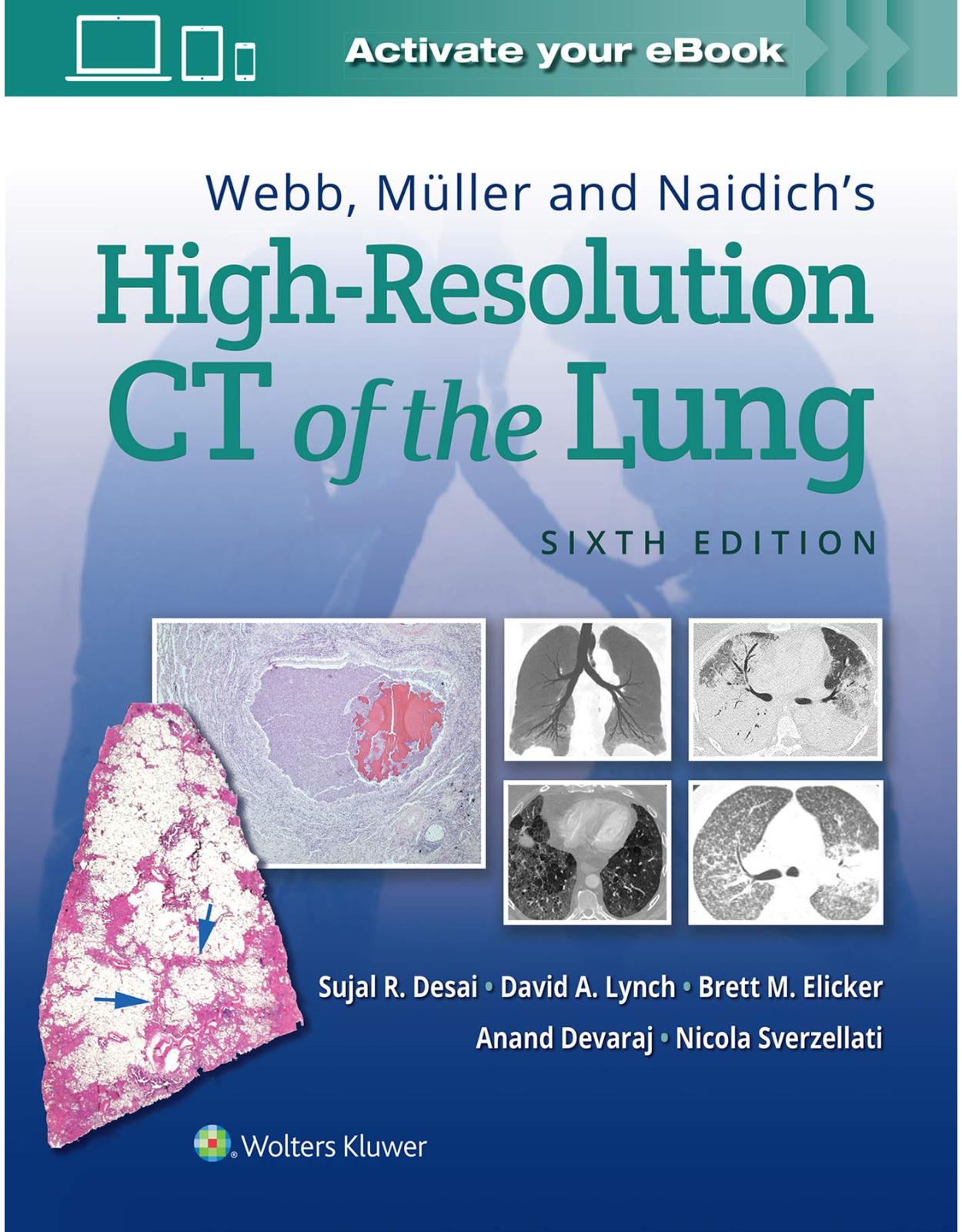
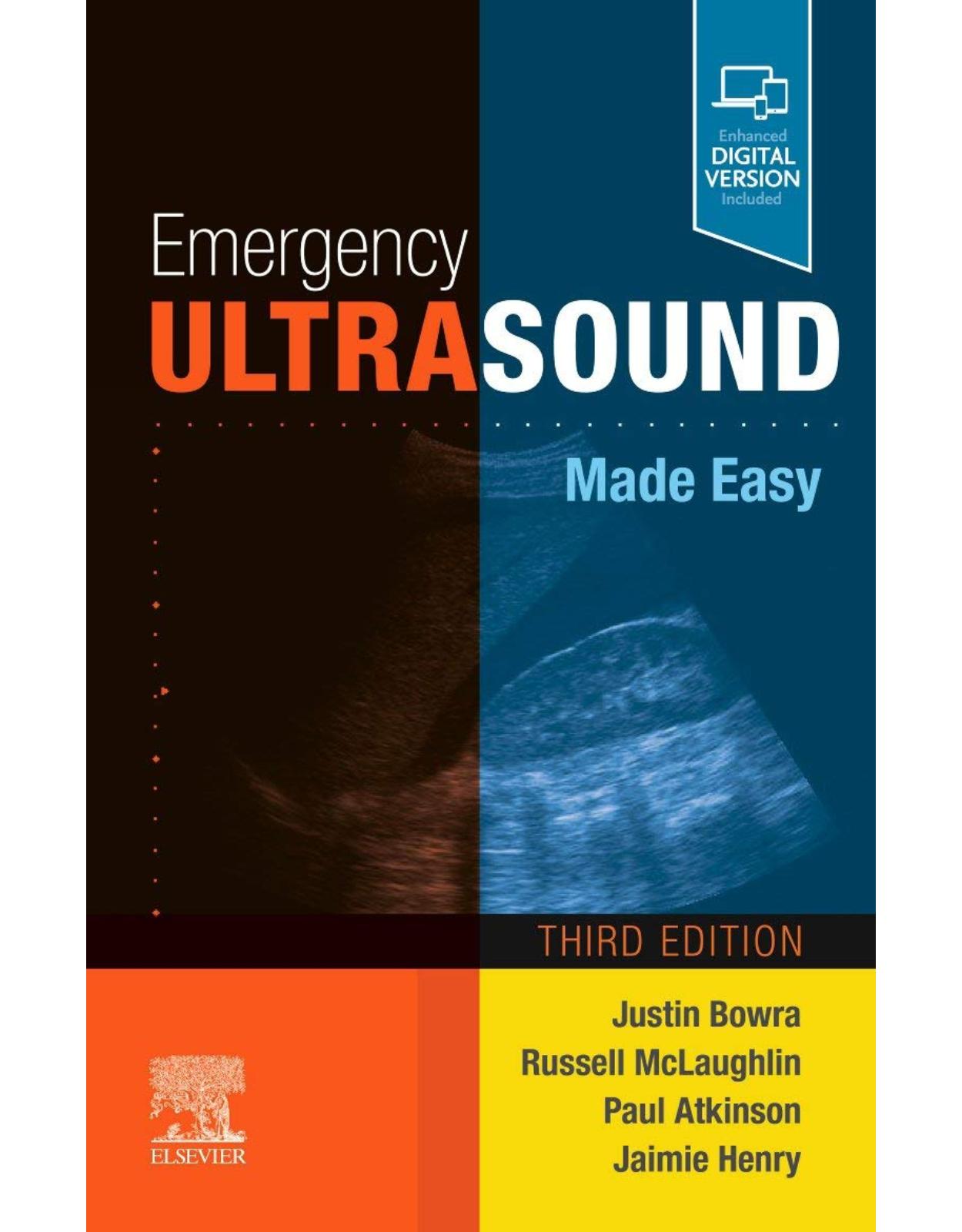
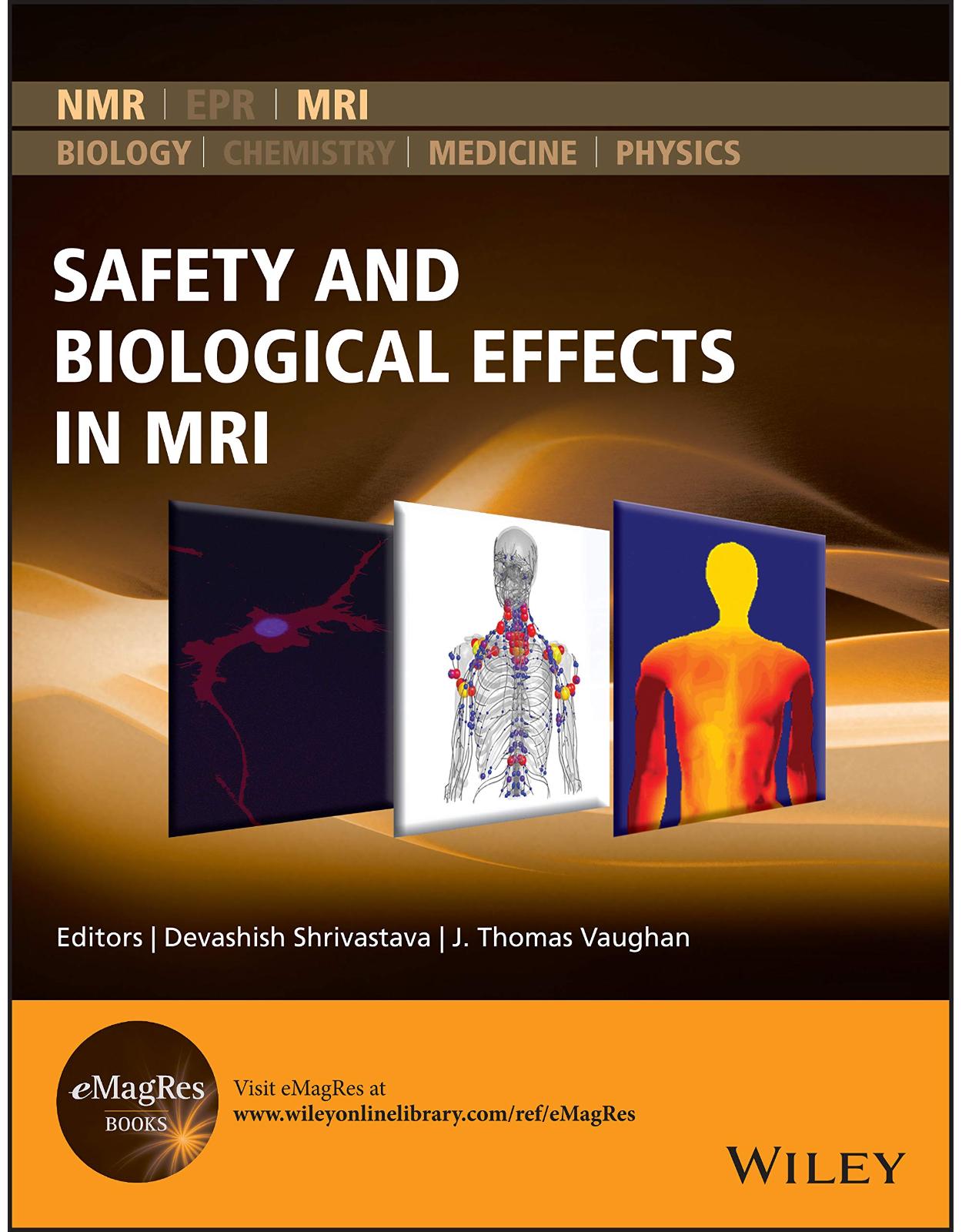
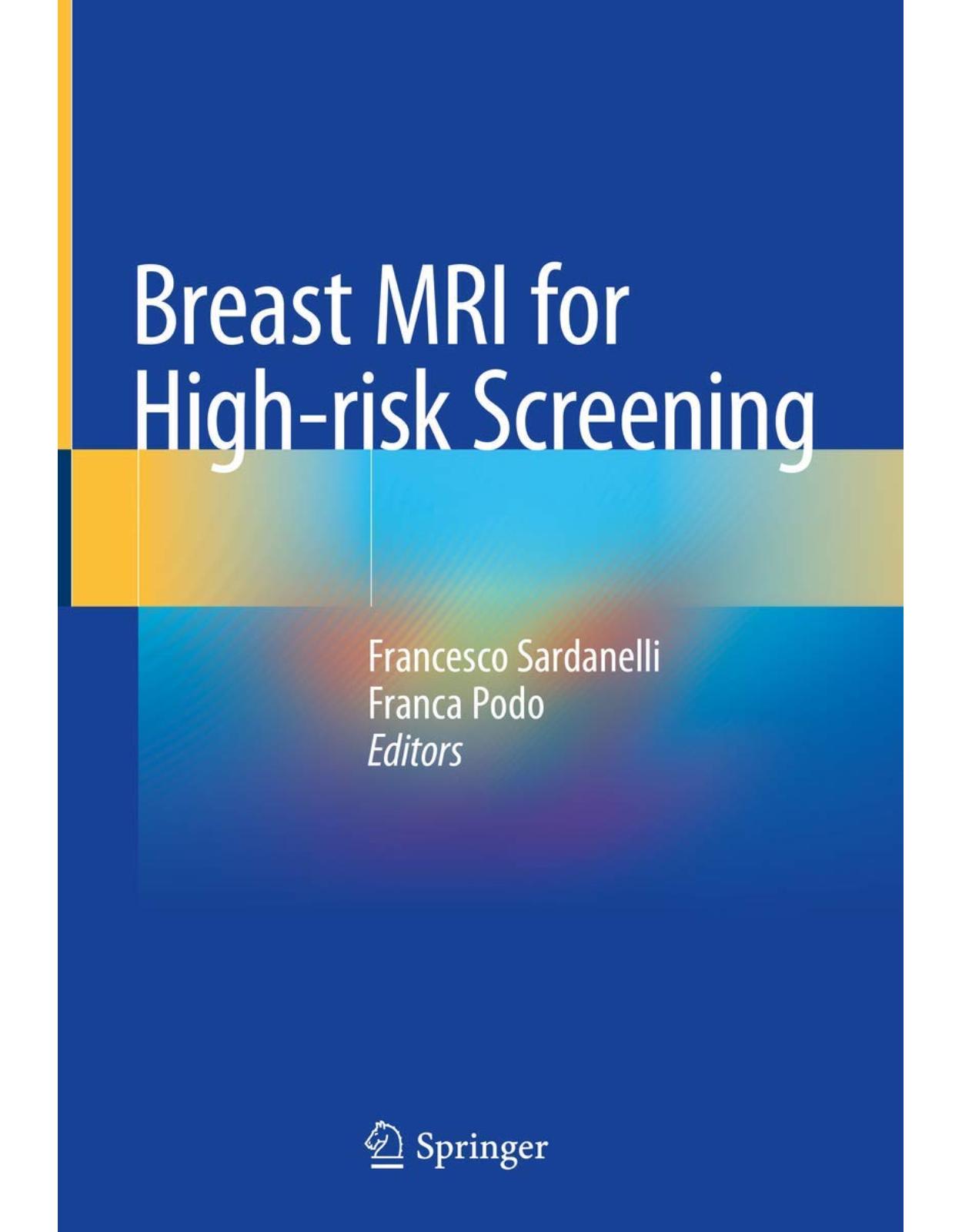
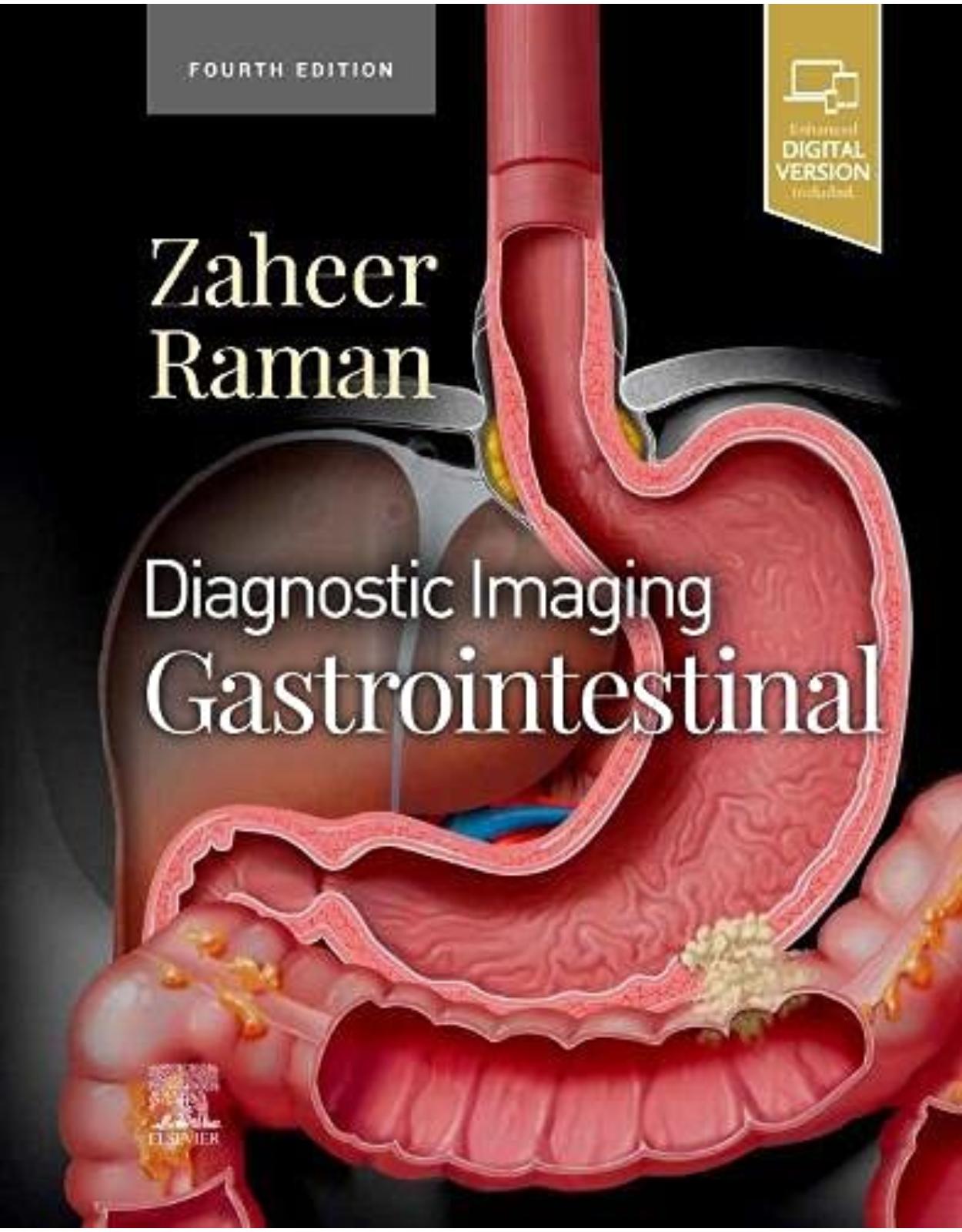
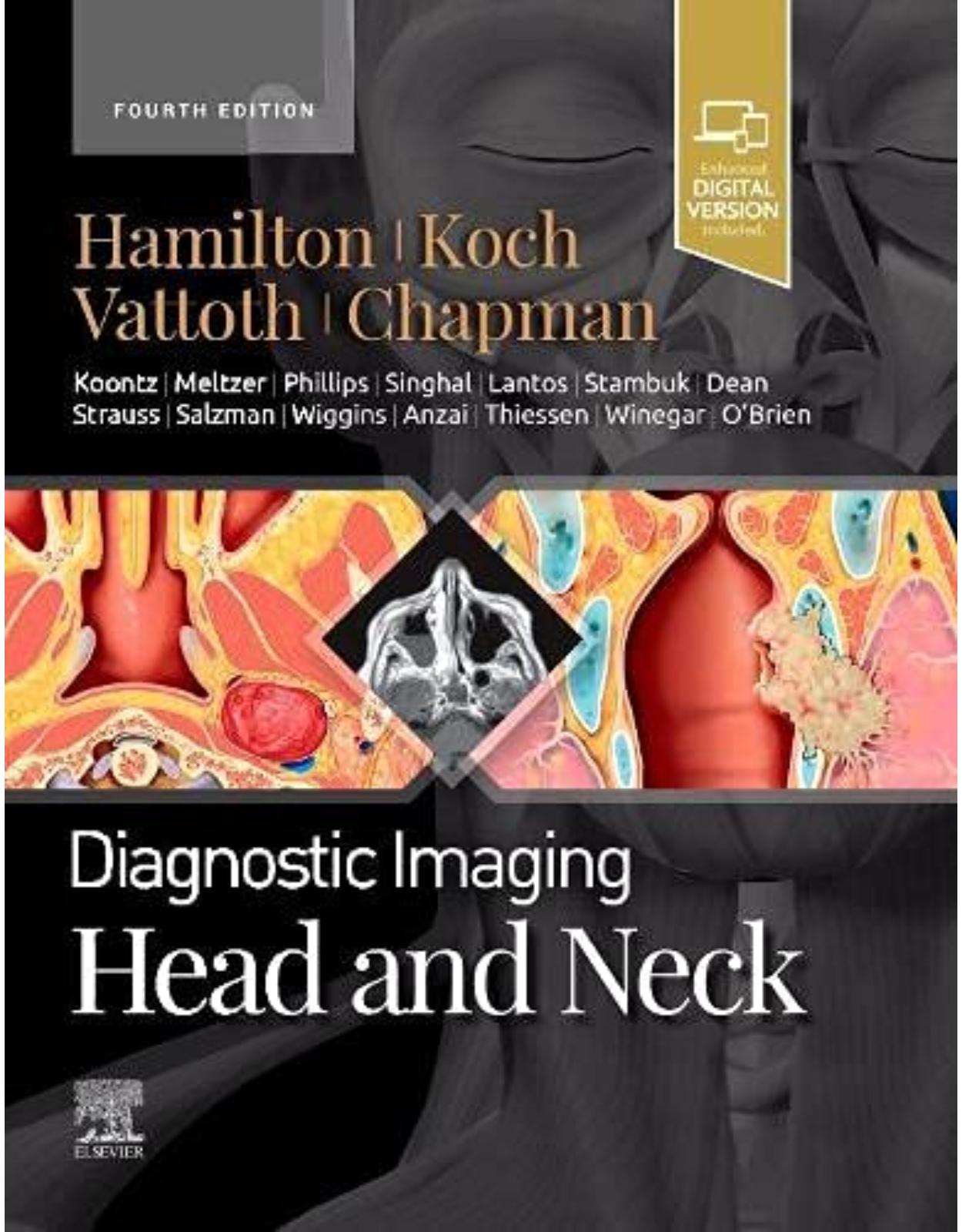
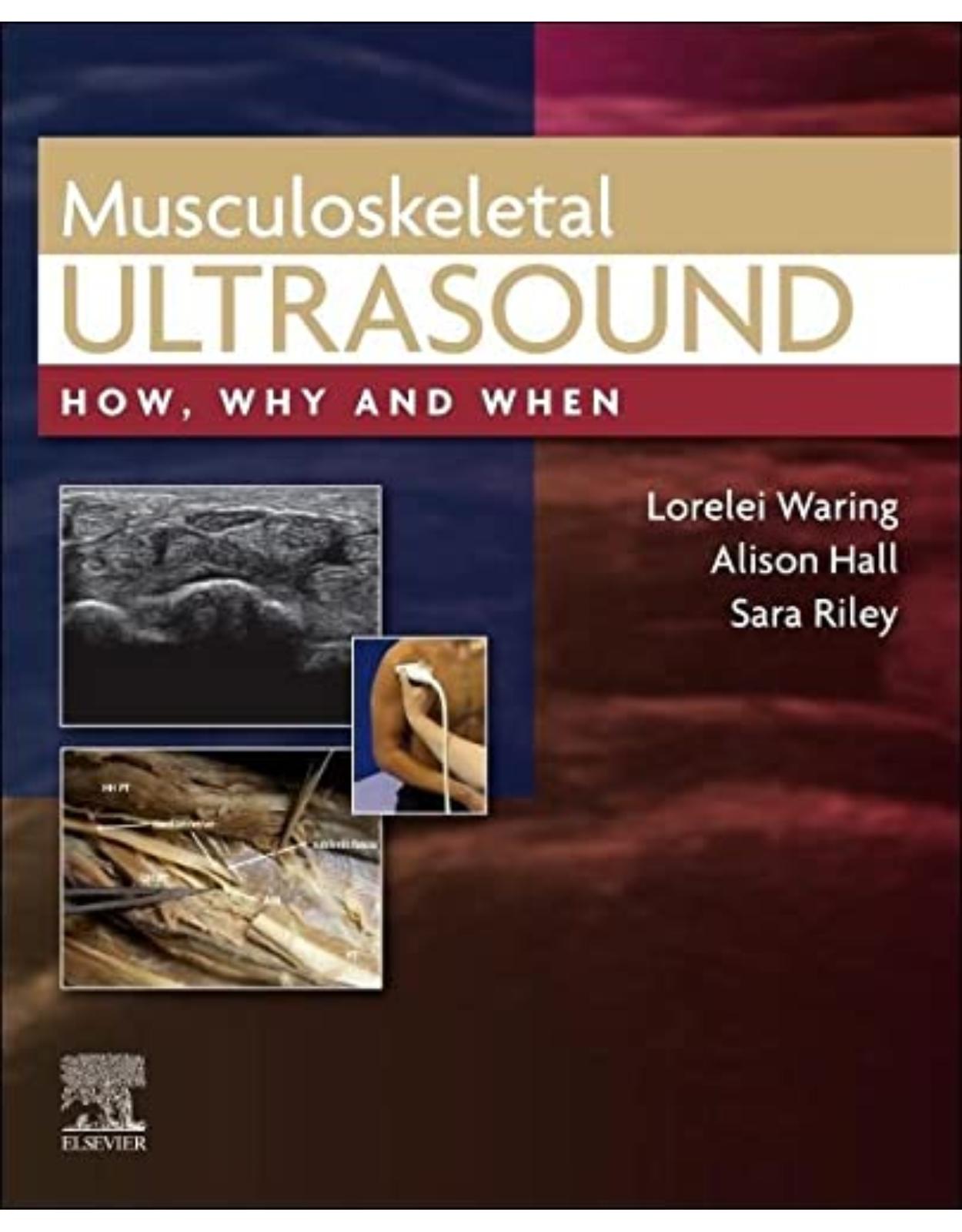
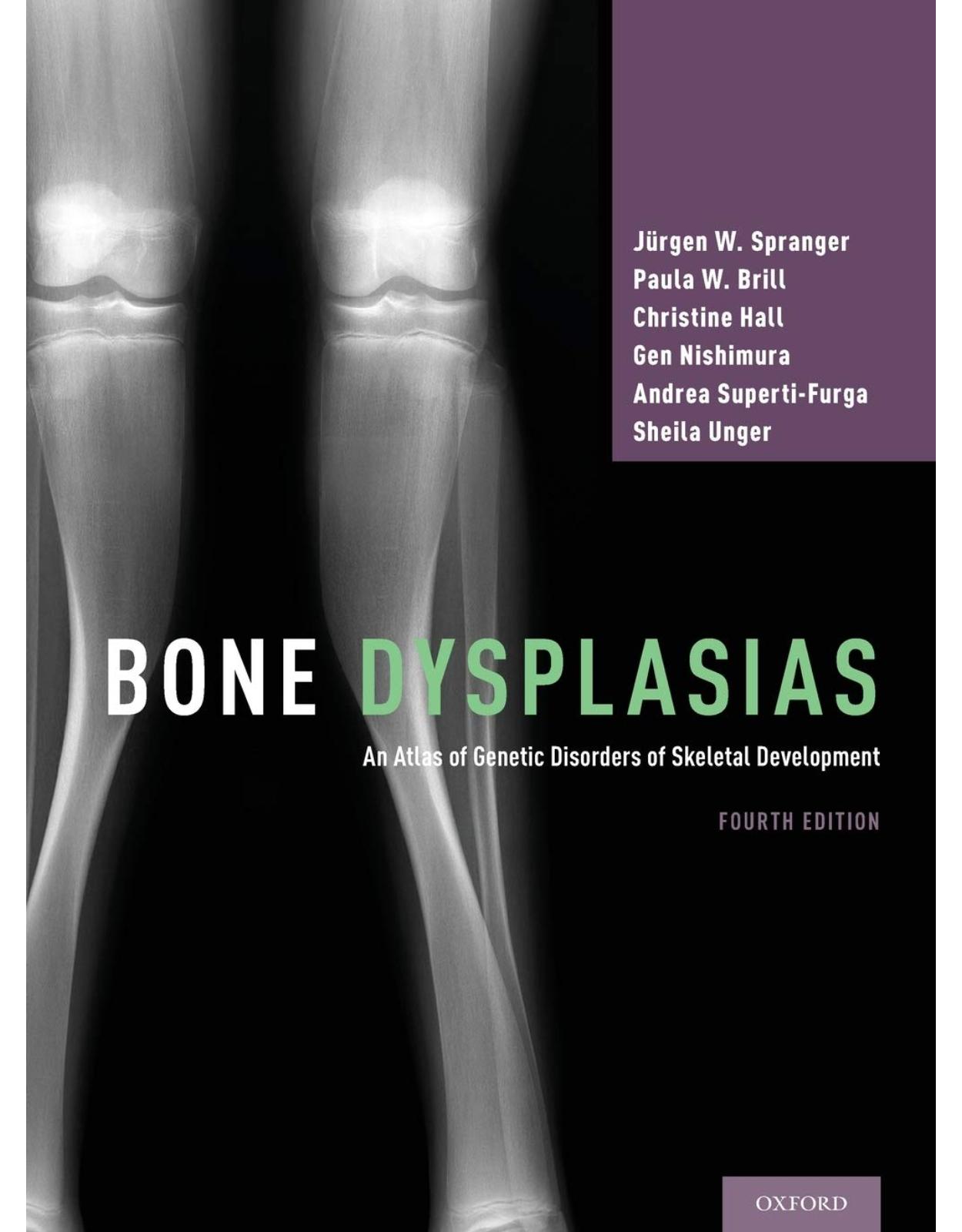
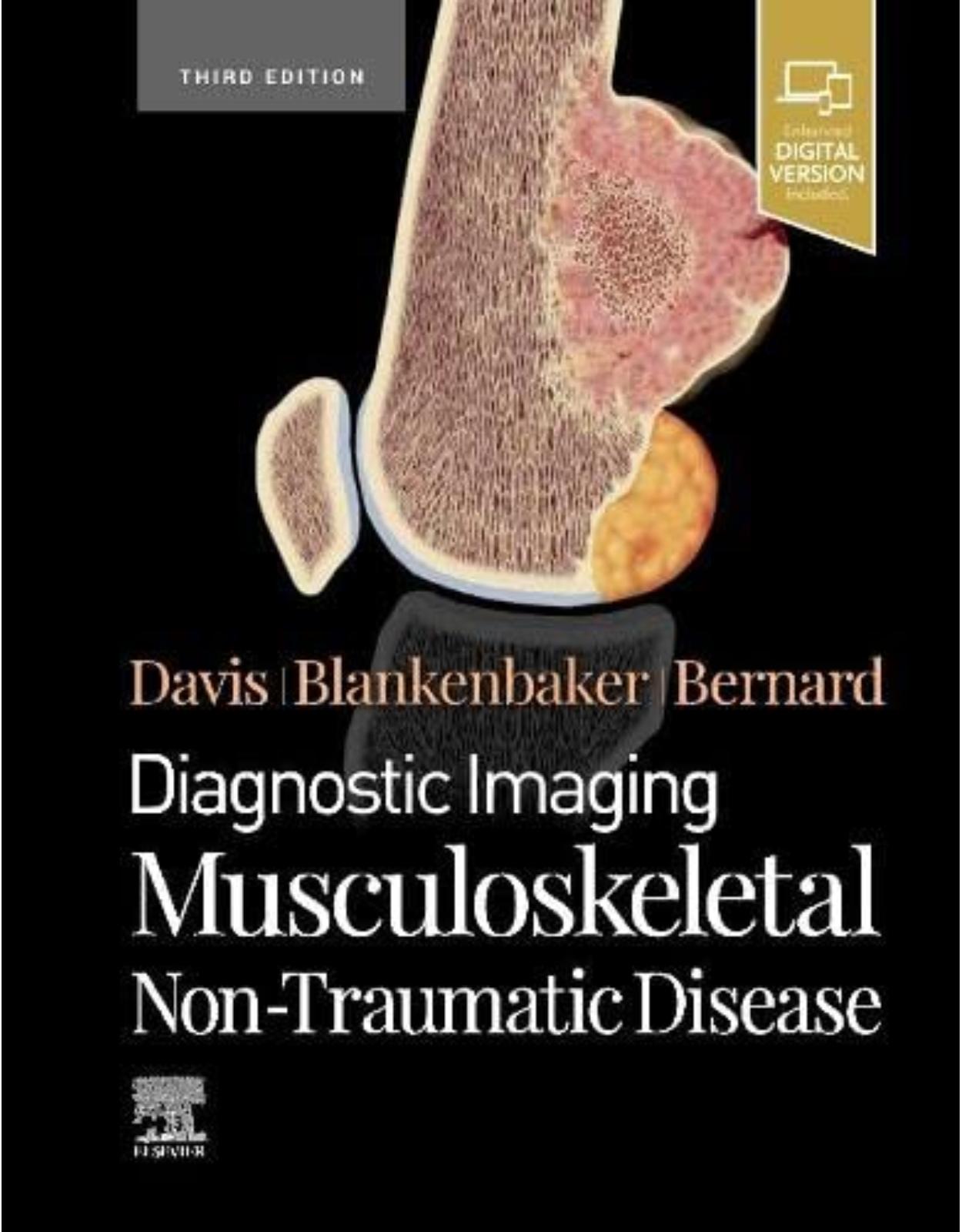
Clientii ebookshop.ro nu au adaugat inca opinii pentru acest produs. Fii primul care adauga o parere, folosind formularul de mai jos.